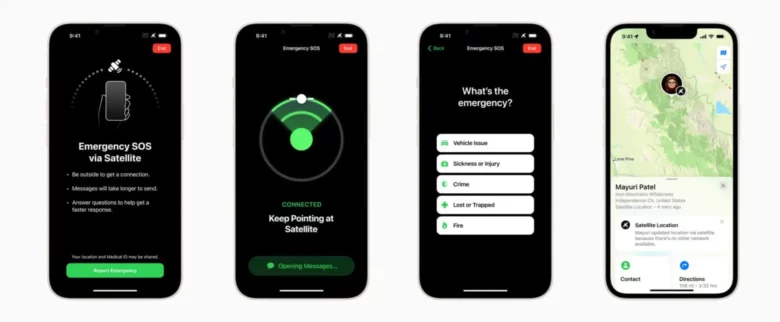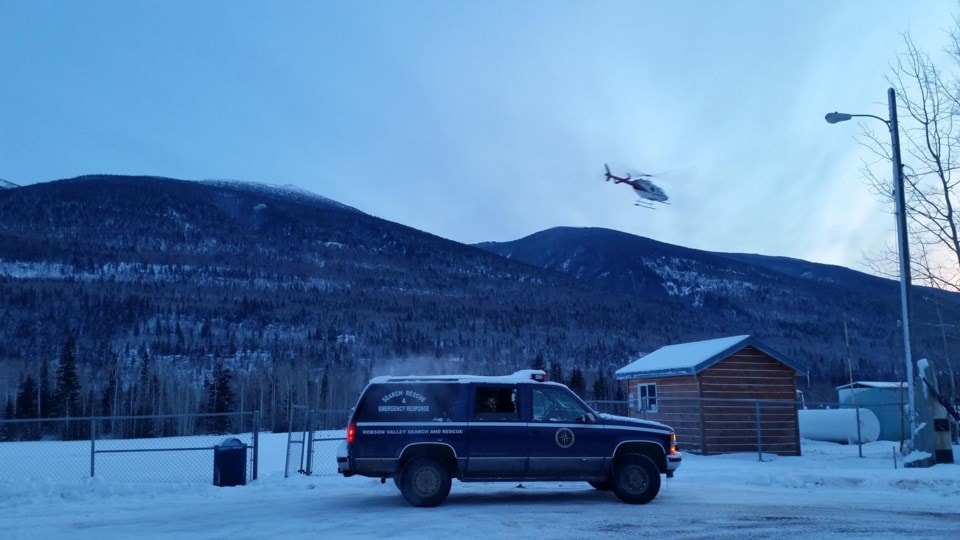Emergency SOS via satellite on an iPhone 14 took the “search” out of “search and rescue” for two fortunate Canadian women. They got stuck in snow on a logging road in British Columbia, Canada.
Rescuers said they thought it was the feature’s first use in BC. And the way it pinpointed the women’s location may have saved the women’s lives without the need for a time-consuming search.
Emergency SOS leads rescuers straight to two women stranded in Canadian wilderness
With no cell phone service or Wi-Fi available, one woman activating Emergency SOS via satellite on her iPhone 14 allowed emergency services to pinpoint a location rather than conducting an expensive and time-consuming search. The service is expanding to more countries after its launch.
The whole thing started when the two women came upon a road closed due to accident outside of the town of McBride on their way back to Alberta, according to a report in the Times Colonist. The incident took place December 23, 2022.
The women searched Google Maps for an alternative route, which led them down a logging road. Little did they know it was only partially plowed. And just over 12 miles in, they got stuck in a “wall of snow.”
“Then it was basically a wall of snow and when they tried to get through it, they got stuck,” explained Dwight Yochim, senior manager with BC Search and Rescue. “There’s no cell service there but one of them happened to have the new Apple phone that has the SOS in it and activated the SOS and to my knowledge, that’s the first use of the SOS in British Columbia.”
When a user activates Emergency SOS, it notifies an Apple call center, which relays information to regional emergency services. The information includes a GPS location.
No need for extensive search

Photo: Apple/Cult of Mac
So the local search and rescue took the location, speculated on what happened, and a rescue team drove out to the spot.
“If they didn’t have [Emergency SOS], what would have happened is eventually the family or their work would have said ‘hey, they didn’t show up’ and so the search area would have been from wherever they were last seen to where they’re supposed to be, and that could have been several hundred kilometers.”
He added that the search would have involved multiple teams from two provinces. And it might’ve taken a week. Instead, with a GPS location, the women did not have to spend days waiting and tying to stay alive in frigid temperatures.
“This is a game changer,” said Yochim. “They were able to activate the SOS reduced the search to a an exact location of where they were, so there was no search, and team actually drove in right to where they were and managed to save them.”
Apple webinars
He added his search-and-rescue outfit has been in touch with Apple about webinars for search-and-rescue managers and team members to familiarize them with the new technology.
“This technology has the potential of really helping us save lives and reducing the amount of time it takes to do that,” Yoachim said.
In early December, Emergency SOS via satellite saved the life of a snowmobiler in Alaska stranded near the Arctic Circle.


